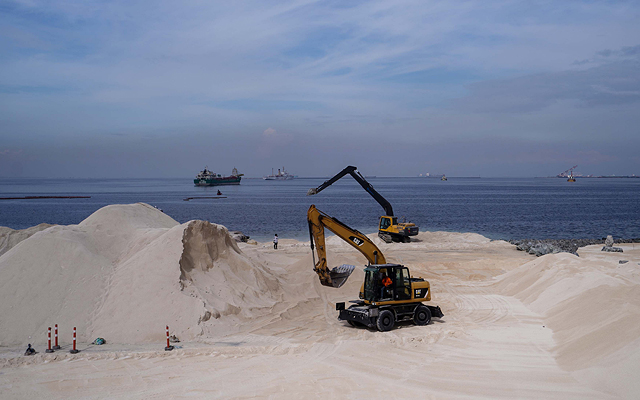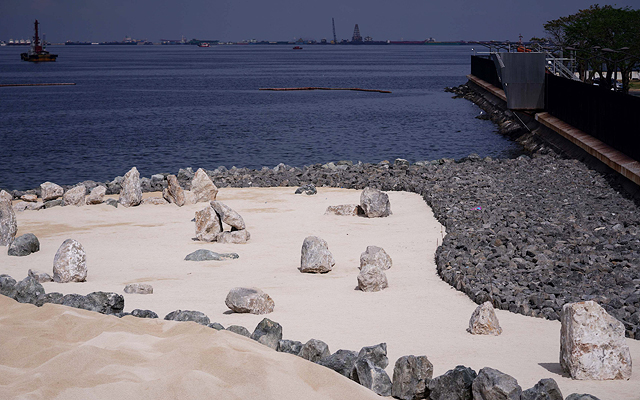
(SPOT.ph) We may be in the middle of the pandemic with vaccination moving at a glacial pace, but it's still full speed ahead for Department of Environment and Natural Resources' bid to rehabilitate Manila Bay. According to a report by BusinessMirror, the government agency is set to spend P265 million for the second phase of the project.
Environment Undersecretary for Policy Planning and International Affairs Jonas R. Leones confirmed the P265-million allotment for what they call the "Beach Nourishment Project." This comes after the P389-million project to fill a 500-meter stretch of the Baywalk with crushed dolomite, which began in September 2020 and continued with a fresh supply of artificial white sand in April.


Leones explained that the next phase is to be implemented by the Department of Public Works and Highways, which involves dredging of garbage and silt and dumping of filling materials. However, the undersecretary said that there is "still no Memorandum of Agreement yet for the project" and that the funds have yet to be transferred from the Department of Environment and Natural Resources (DENR) to the Department of Public Works and Highways (DPWH). He also explained that the P265-million budget was approved by Congress as part of the 2020 General Appropriations Act.
On January 27, 2019 DENR Secretary Roy A. Cimatu kicked off the national government's "Battle for Manila Bay" campaign to rehabilitate the famous spot. The project, according to DENR's website, has three phases: cleanup and water quality improvement, which aims to cleanup waterways, reduce fecal coliform level and toxic discharges from houses and establishments, inspect and repair leaks in old sewer lines, and provide temporary sanitation facilities to informal settlers pending relocation; rehabilitation and resettlement; and education and sustainment, which focuses on sustained law enforcement and monitoring.
The DENR insisted on February 18 that the level of fecal coliform in the waters of Manila decreased to 4.87 million most probable number per 100 ml. In 2020, the level averaged at 7.16 million mpn/100 ml. Still, this is far from the standard level of 100 mpn/100 ml for it to be deemed safe for recreational activities.
[ArticleReco:{"articles":["86043","86045","86047","75723"], "widget":"Hot Stories You Might Have Missed"}]
Hey, Spotters! Check us out on Viber to join our Community and subscribe to our Chatbot.
We are now on Quento! Download the app and enjoy more articles and videos from SPOT.ph and other Summit Media websites.
Source: Spot PH
No comments:
Post a Comment